A comet known as the “Devil Comet,” twice the size of Mount Everest, is currently approaching Earth.
This comet, scientifically labeled as 12P/Pons-Brooks, is a periodic comet with an orbital period of approximately 71 years and is one of only about 20 comets known to have an active ice volcano. The comet will reach its peak brightness for skywatchers next year when it will be about 144 million miles away from Earth.
There’s a chance the Devil Comet might be visible to the naked eye, and it almost certainly will be visible with binoculars or a small telescope. However, comets are notoriously unpredictable in terms of their brightness, making it a wait-and-see situation for skywatchers.
The Devil Comet earned its nickname from its distinctive “horns,” which are actually tails of gas and dust resulting from unusual outbursts that scientists are still studying.
Here is everything you should know about the Devil Comet.
What is the Devil Comet?
The celestial object nicknamed the Devil Comet is formally called Comet 12P/Pons-Brooks. It is a Halley-type comet, meaning it has a long orbit, in this case about 71 years on its way toward the sun.

“The reason it’s been in the news and attracted so much attention is that it has had several major outbursts, or sudden and rapid increases in how bright it is,” said Theodore Kareta, a postdoctoral researcher at Lowell Observatory in Flagstaff.
“This is driven by a large amount of dust and gas being thrown off the comet at the same time. The material expanding away from the comet can show structures that can be rather evocative.”

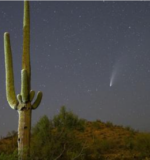
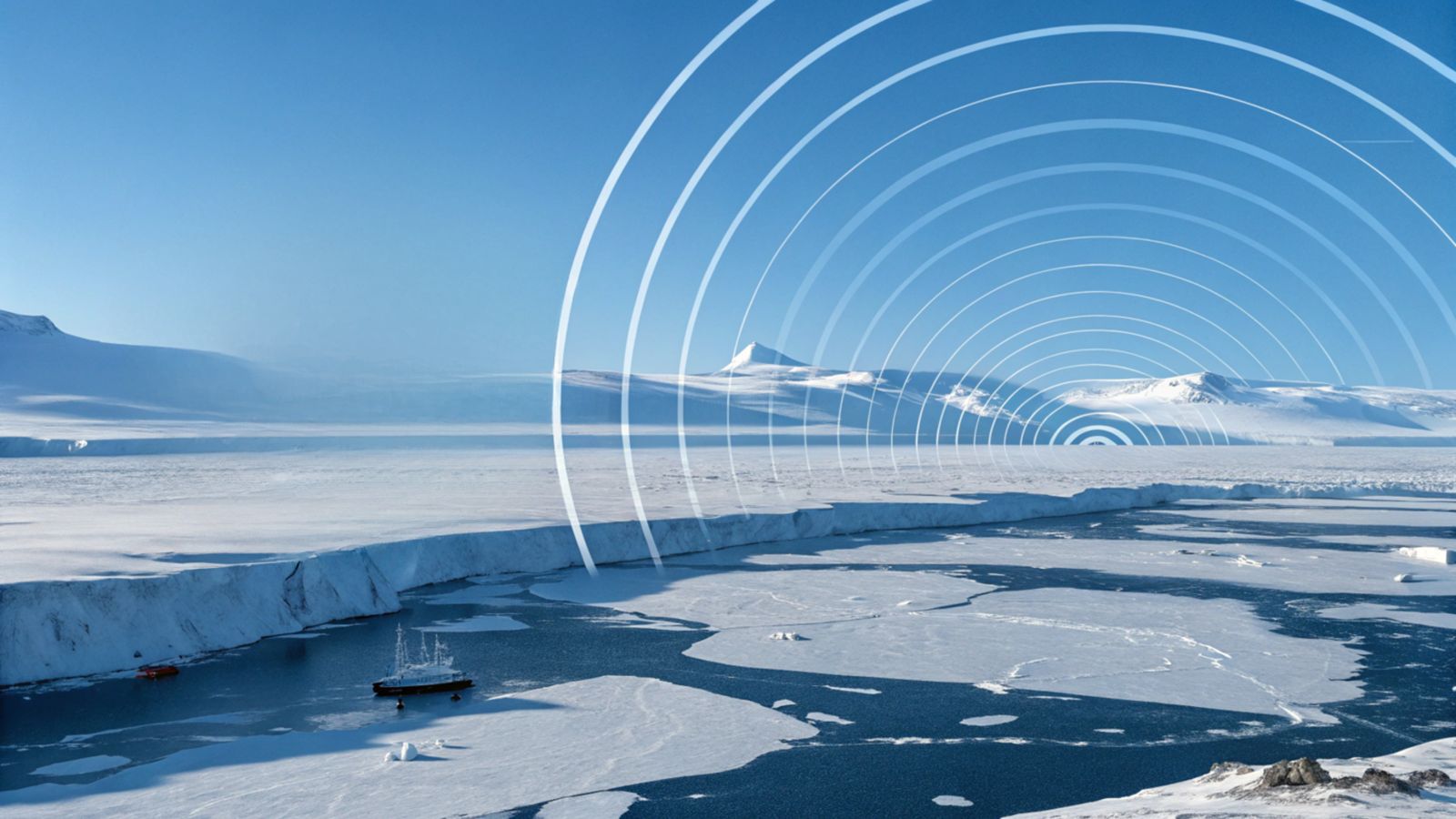
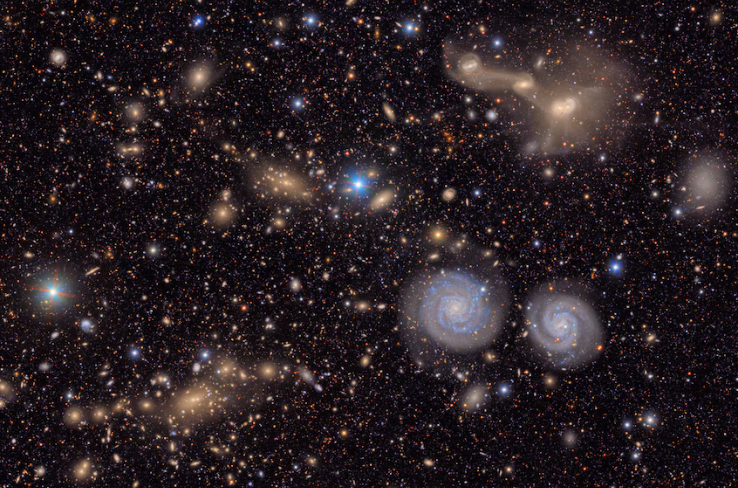
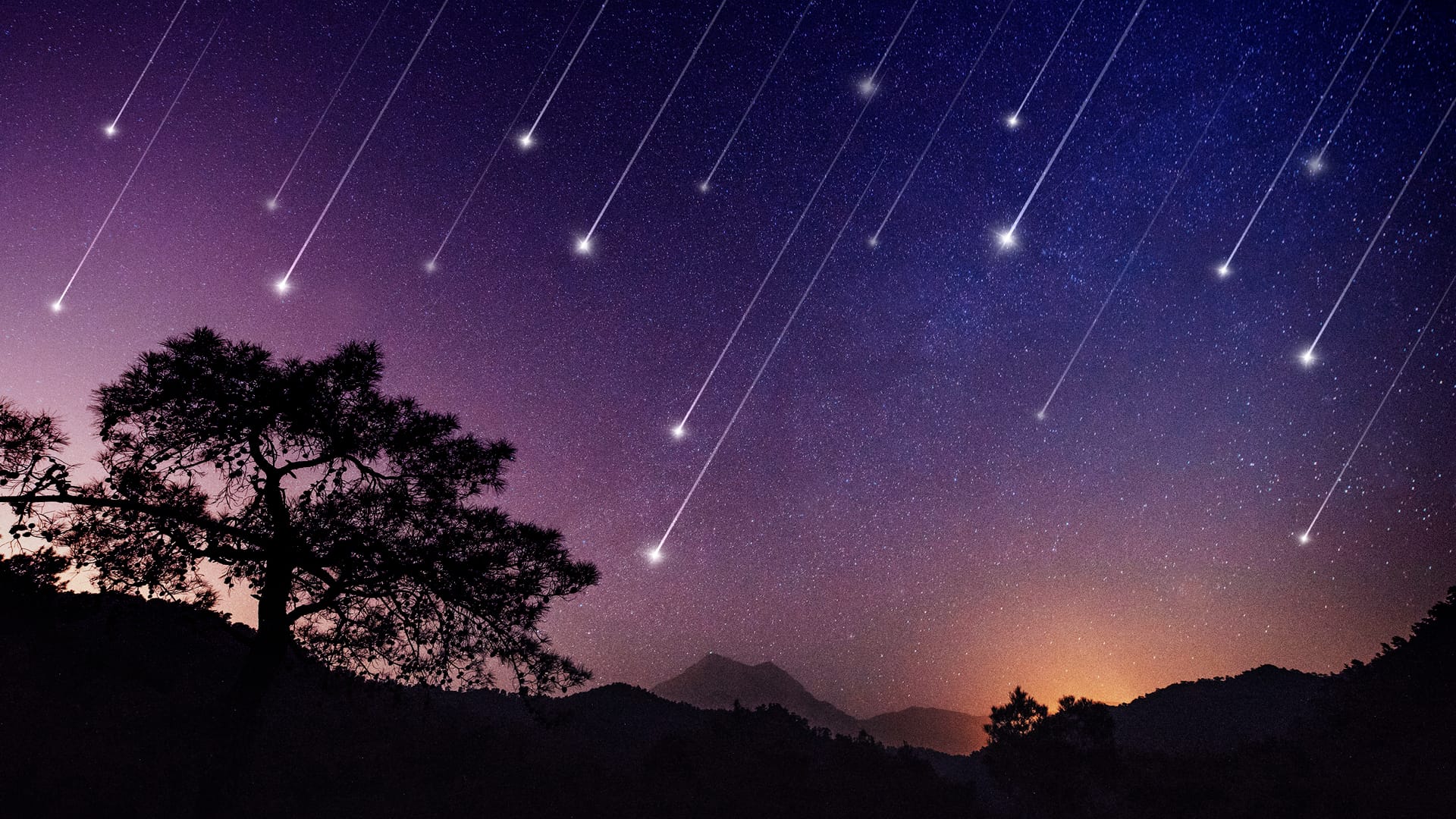
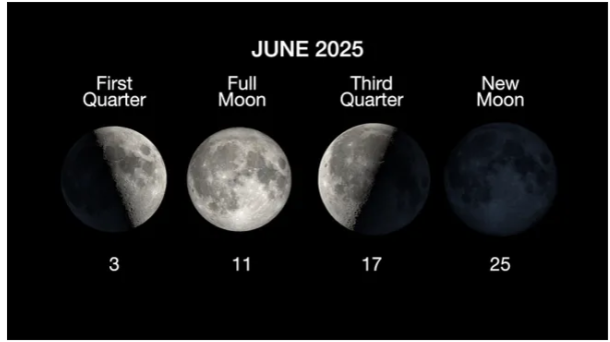


 Photographer Finds Locations Of 1960s Postcards To See How They Look Today, And The Difference Is Unbelievable
Photographer Finds Locations Of 1960s Postcards To See How They Look Today, And The Difference Is Unbelievable  Hij zet 3 IKEA kastjes tegen elkaar aan en maakt dit voor zijn vrouw…Wat een gaaf resultaat!!
Hij zet 3 IKEA kastjes tegen elkaar aan en maakt dit voor zijn vrouw…Wat een gaaf resultaat!!  Scientists Discover 512-Year-Old Shark, Which Would Be The Oldest Living Vertebrate On The Planet
Scientists Discover 512-Year-Old Shark, Which Would Be The Oldest Living Vertebrate On The Planet  Hus til salg er kun 22 kvadratmeter – men vent til du ser det indvendigt
Hus til salg er kun 22 kvadratmeter – men vent til du ser det indvendigt  Superknepet – så blir snuskiga ugnsformen som ny igen!
Superknepet – så blir snuskiga ugnsformen som ny igen!  Meteorite That Recently Fell in Somalia Turns Out to Contain Two Minerals Never Before Seen on Earth
Meteorite That Recently Fell in Somalia Turns Out to Contain Two Minerals Never Before Seen on Earth  Nearly Frozen Waves Captured On Camera By Nantucket Photographer
Nearly Frozen Waves Captured On Camera By Nantucket Photographer  It’s Official: Astronomers Have Discovered another Earth
It’s Official: Astronomers Have Discovered another Earth 